In sixth grade, Mrs. Gedville taught us how to jot down our “brain sparks” on the pages of our novels.
The idea of the exercise was to notice when something we read created a “spark” in our minds—basically, reacting to what we were reading and writing it down. If you related to part of a character’s personality, that’s a brain spark. If you noticed a cool metaphor, that’s a brain spark. If you had a prediction about what would happen next—that’s a brain spark. If you noticed a word you didn’t know—brain spark. If something made you laugh—brain spark.
I can’t remember which book I first stuck a hundred Post-It notes to—probably Where the Red Fern Grows or The Phantom Tollbooth. The specific book doesn’t matter; the point is that the practice stuck with me. I loved the idea that, as a reader, I wasn’t just a passive bystander; I was an active participant in an engaging two-way dialogue with the book.
In high school, teachers called this now-dreaded exercise “annotations” (I think “brain sparks” sounds more fun). Our English teachers would assign an approximate number of annotations we needed for each novel, and most would physically flip through our books once we were finished to check that we had been thoughtfully engaging with the text.
Every high school kid hated annotations, except—can you guess?—me. If my classmates ever caught a glimpse of my book pages in class, they were always dumbfounded by the sheer volume of annotations I scribbled down in the margins. Sometimes, my reactions and predictions would fill up all the blank space on a page (I know—my nerdiness is showing).
But I didn’t do it to impress my teachers or because I felt I had to. I did it because the simple yet profound way I learned about brain sparks back in sixth grade caused the practice to come naturally to me. I didn’t work hard to conjure up pseudo-reactions to reach the annotation quota as my classmates did. I didn’t really work hard at it at all.
My reactions were never anything super intelligent or profound; they were just my genuine, in-the-moment internal dialogue. My annotations on any given page might read something like this:
“Wow, cool”
“Haha, reminds me of my sister”
“I bet she won’t tell him”
“Powerful metaphor”
“Love this word—look up later”
“Is the color of the house symbolic?”
“HAHAHAHA I just laughed out loud”
“Dang. What the heck is he gonna do”
“This is def a reference to the dad”
“Reminds me of that other book we just read”
“Makes me want to go to Paris”
My interaction with books rarely—if ever—felt forced or monotonous or pointless. The magic two-way dialogue with something I couldn’t audibly hear was thrilling. I learned and grew substantially through these interactions, and my understanding of the text was always more profound.
I’ve noticed this is also how I approach prayer.
As I go through my day, I’m always listening for brain sparks. And it’s become automatic for me to turn them into prayers.
“Wow, thanks for that sunset, God.”
“I’m overwhelmed. Give me focus.”
“She’s hurting. Show me who she is to you.”
“Help.”
“Show me how I can bring beauty here.”
“Will you sit down and create with me?”
“Hahaha, you have a great sense of humor”
“How?”
“Is this what you want me to do?”
“I’m angry. Help me love him.”
Even as I've typed this, I’ve paused a few times to ask for direction and inspiration (something like, “Help me write what people need to hear”).
Prayer is simply a two-way dialogue between us and God. It doesn’t have to be fancy or eloquent or overly-planned. In fact, Jesus Himself said it shouldn’t be (I especially love this same passage in the Message translation—it gets at the heart of what He was teaching.).
When you’re talking with someone you have a close relationship with, you can be completely casual and honest. You don’t need long-winded explanations because you both already have context for what you’re saying. You don’t need to use niceties or hide or impress or walk on eggshells or even sound normal. You can get to the point and be yourself—however weird or depressed or elated or disappointed or angry or thankful you are in the moment.
It’s why my sister and I can communicate mostly in memes and Reels and texts like “my mental health sucks today” or “wanna call and talk about our dreams?”.
Of course, every good relationship needs multiple types of communication. Sometimes you need to sit down face-to-face for a long, deep conversation. Sometimes you communicate in a group or family setting. Some conversations are celebratory and lighthearted, and other conversations are painful and difficult.
That’s why these everyday “brain spark” prayers don’t encompass the entirety of what prayer can look like. But I do think they’re a vital part of living life with God.
If praying is just saying holy-sounding words with our hands folded in church, then it would be impractical and impossible to “pray without ceasing.” That view of prayer is simply too narrow (and honestly, might even be missing the whole point of living life with God.)
If you tend to overthink prayer, never knowing what to say or when to say it, just start by noticing your thoughts and circumstances and talking to God about them in simple little whispers.
(This is why both remembering and noticing happen to be great kindling for brain sparks that lead to prayer.)
So today, just get back to sixth-grade simplicity and share your mental brain spark notes with God (and good news: you won’t even be graded on these ones! You don’t even have to sound smart! Hallelujah!)
Book Progress
You guys!!! It’s happening.
I am actually writing a book. (I mean, I have been for a while now, but it’s starting to feel real.)
Last week, I wanted to bury my head in the dirt and toss the entire book out. This week, I’m celebrating my progress and realizing that maybe the pages I’ve poured my heart into over the past seven months are actually sort of good.
This process has been proof that small, consistent action adds up in the long run. If you had told me I’d be at this point a year ago, I wouldn’t have believed you.
A little progress update in numbers:
First draft chapters completed: approx. 7 out of 8! WOOHOO!
Pages written: 134
Number of Sunday mornings spent at my writing desk: every one of them for the past several months
Mental breakdowns: 37+
Number of times I’ve said, “Wow, I’m actually doing this”: like 6,005 and counting
To celebrate, let’s play a little game!
In the process of designing my own book cover, I’ve loved going to bookstores and seeing which covers stand out to me and why.
I tend to be drawn toward books like Julia (mid-shelf in photo #1) and Happy Place (hot pink cover toward the bottom left of photo #3). The bright background colors and bold type catch my attention among the other covers on the shelves.
I want to know what you think, so let’s play a fun game!
Pretend you’re with me at the bookstore browsing the titles in the photos above. Which book covers stick out to you and why? Let me know in the comments!
Five Faves
This Mary Oliver poem—very fitting for this topic of simple prayer. “I don't know exactly what a prayer is / I do know how to pay attention…”
The Holdovers movie on Peacock. So heartwarming, so funny, so nostalgic. They nailed the vintage film look.
This bright red nail polish. Summery vibes even in -4 degree weather.
Kevin’s premade meals (in the fridge at the store). We just made the thai-style coconut chicken one and added canned coconut milk and peppers and onions—all served over rice (inspo via Abigail Green on Instagram).
Raspberry Rose Poppi - I typically do grocery pickup, but on the rare occasion I venture into the grocery store, I almost always reward myself with one of these.
Talk to you next week,
Sarah


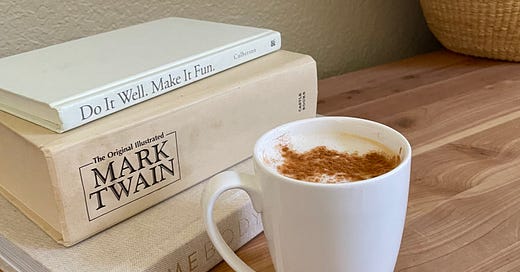



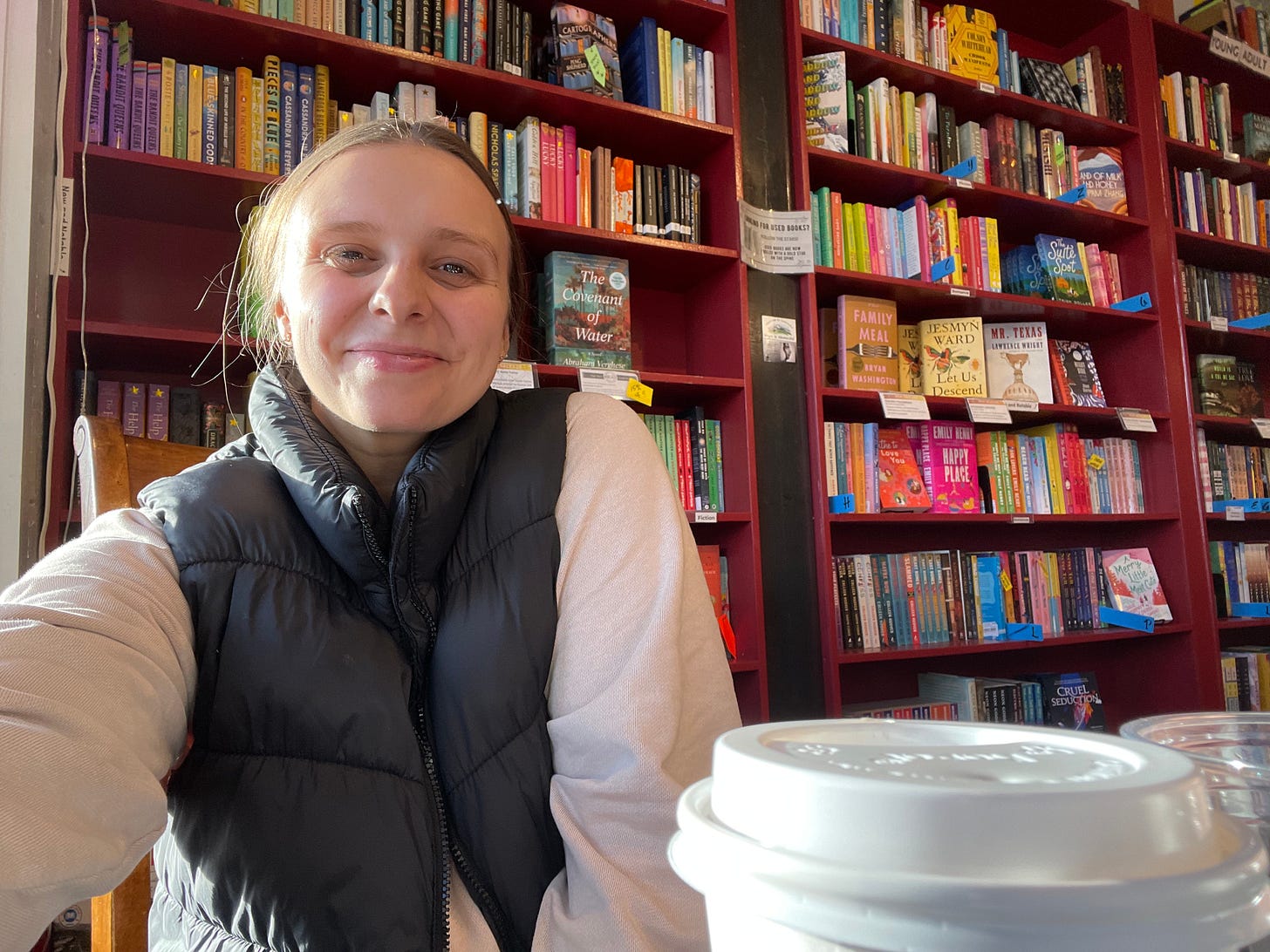
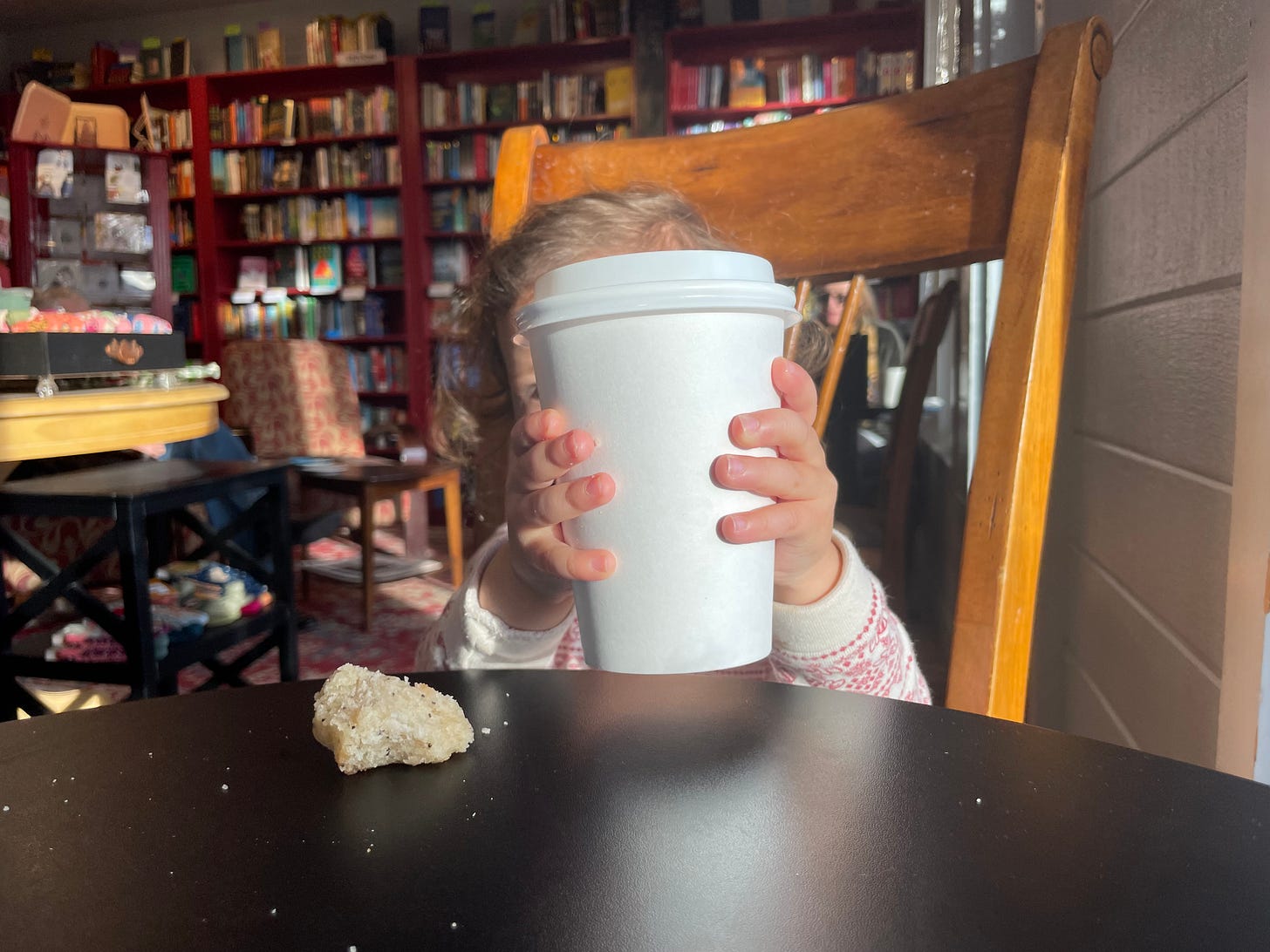
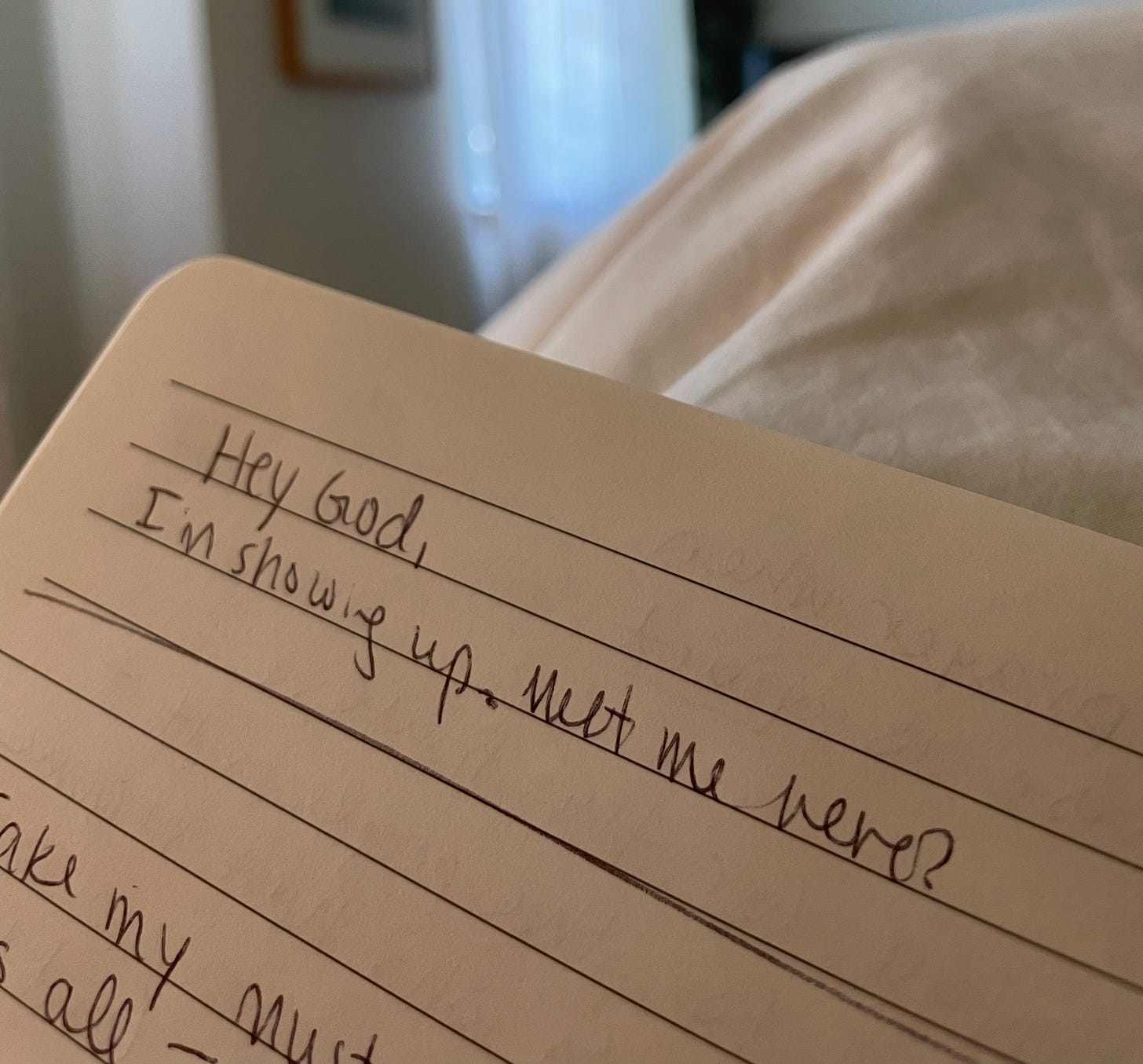
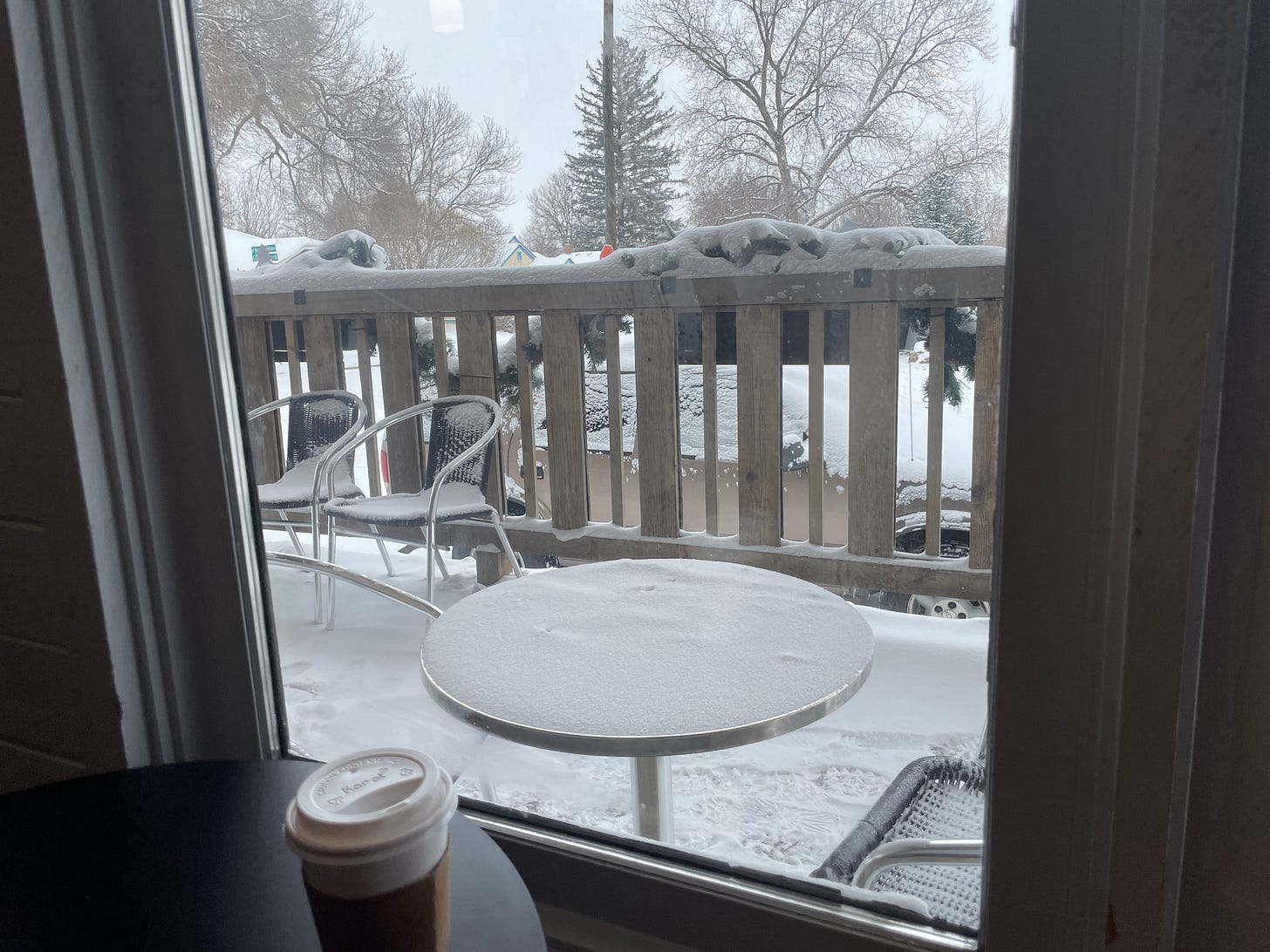

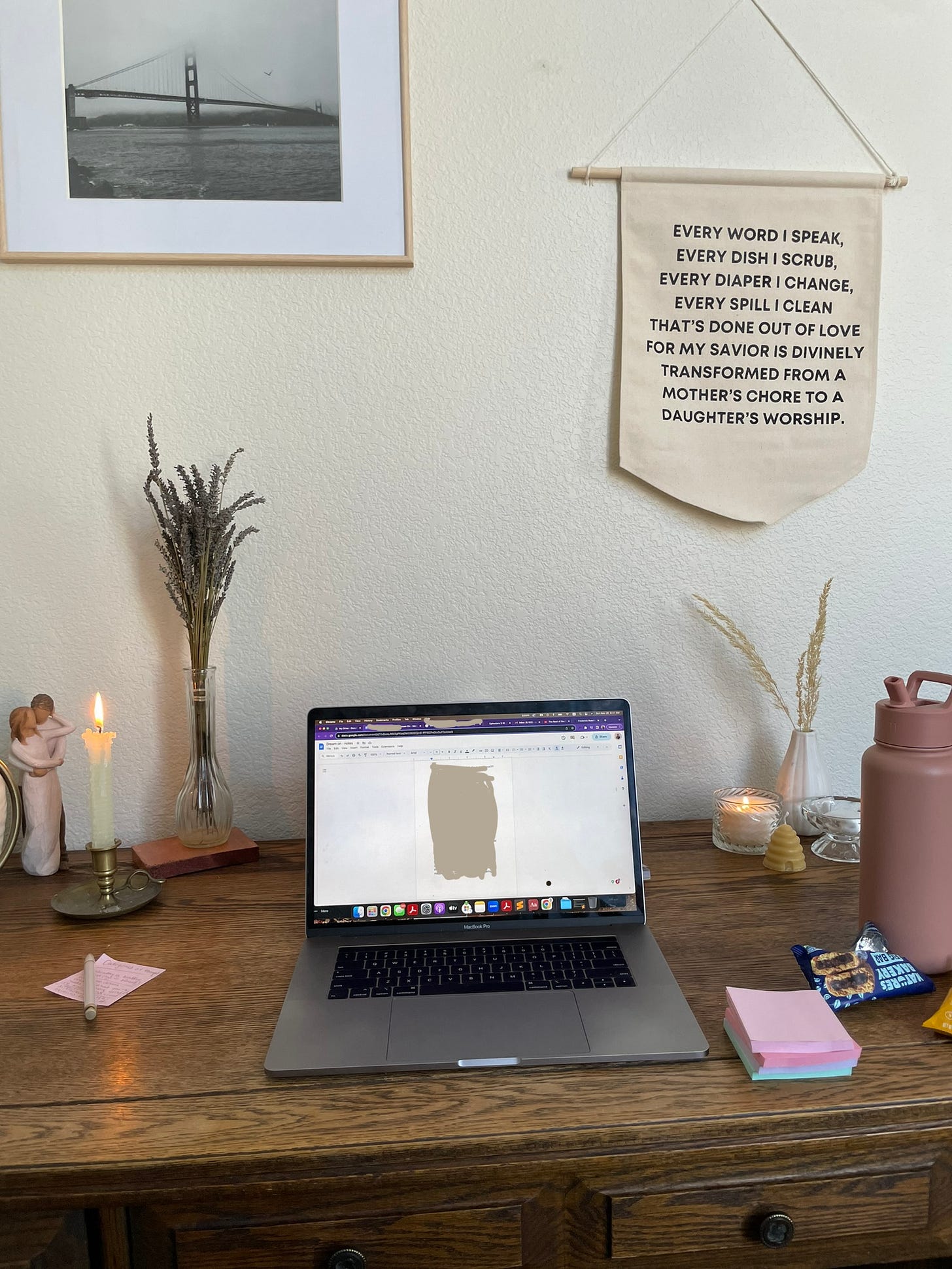

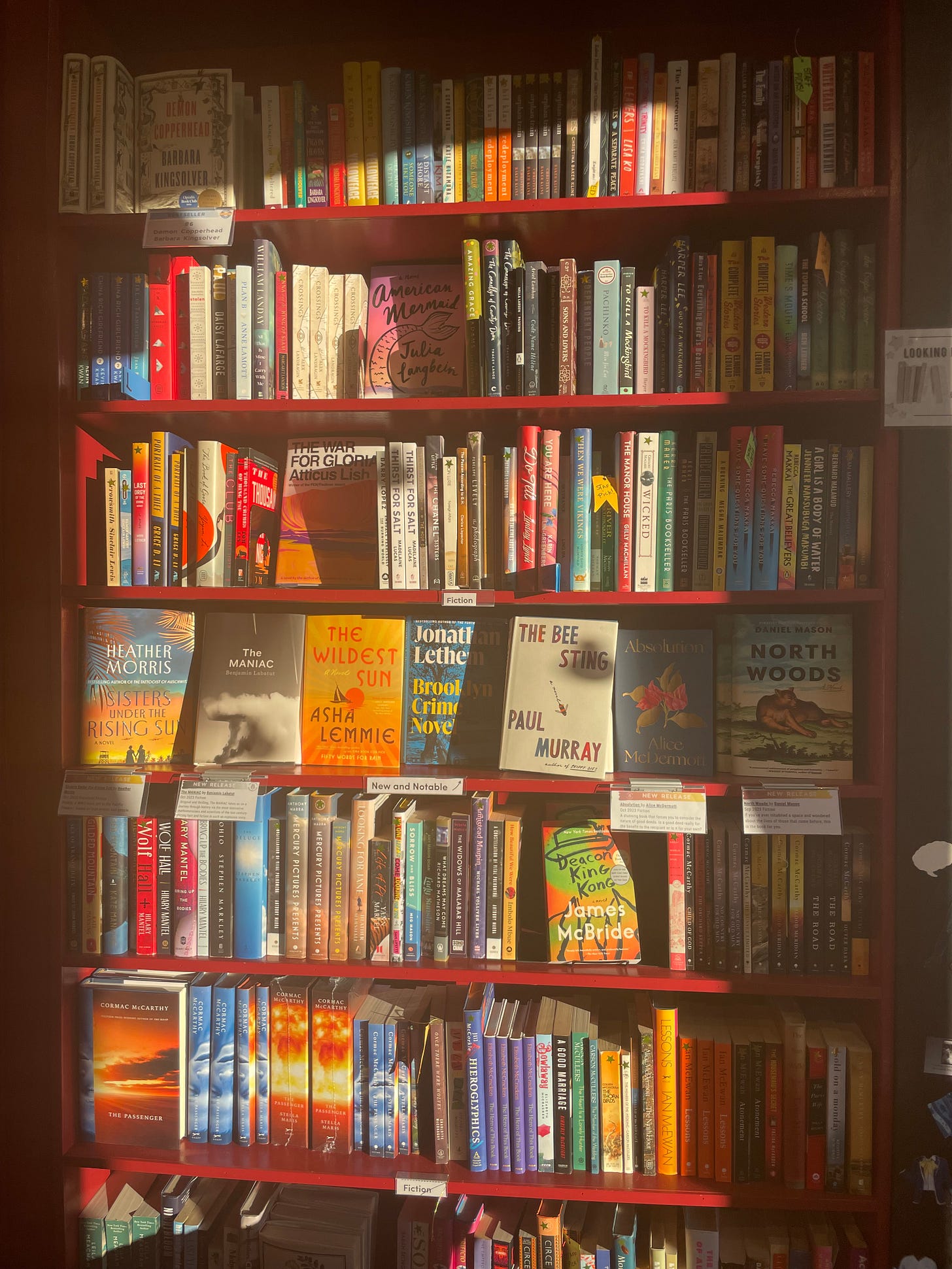

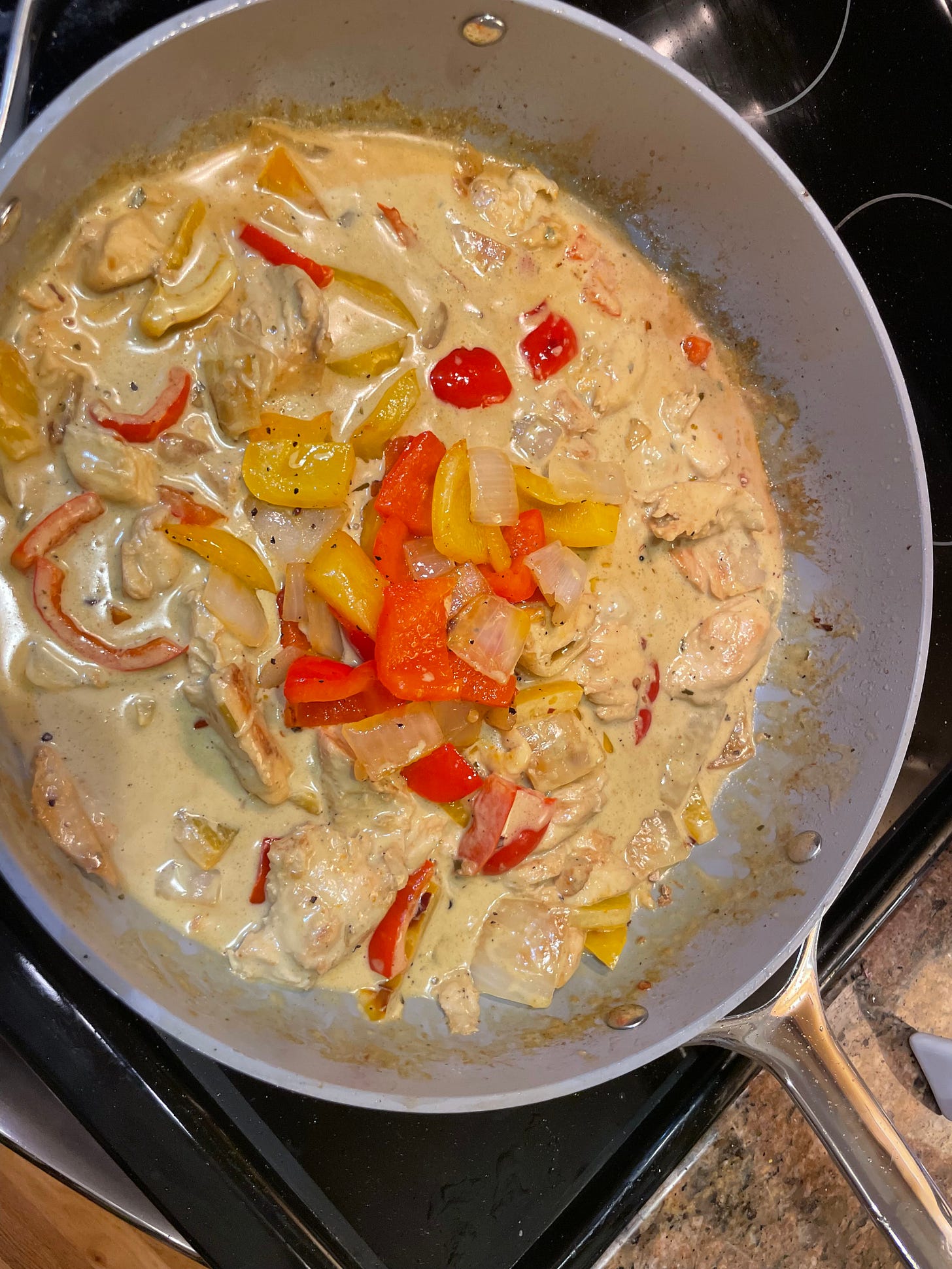
Well done on almost finishing your first draft! It's a great feeling. Definitely worth a celebration. I love the idea of prayer sparks and also engaging actively with books. I get so many ideas from what I read but don't always capture them!
Prayer sparks. Love this image and way to pray. And yes the mental break downs with writing a book are real. But so is the joy of following a calling. Cheers!